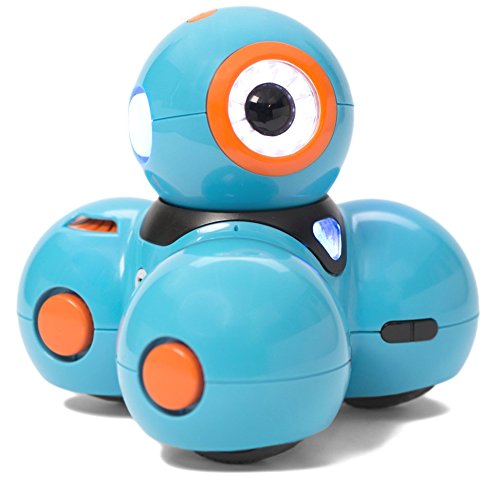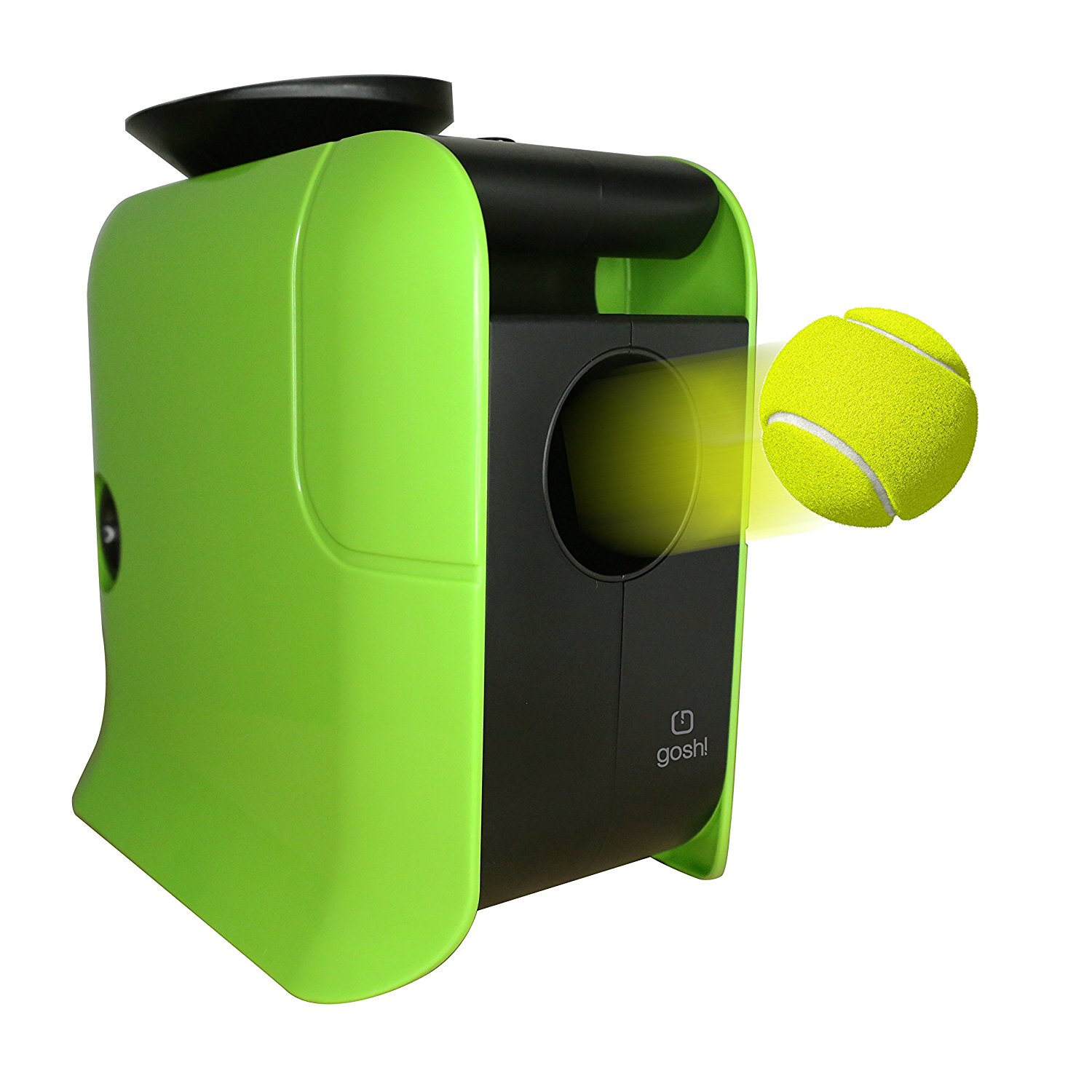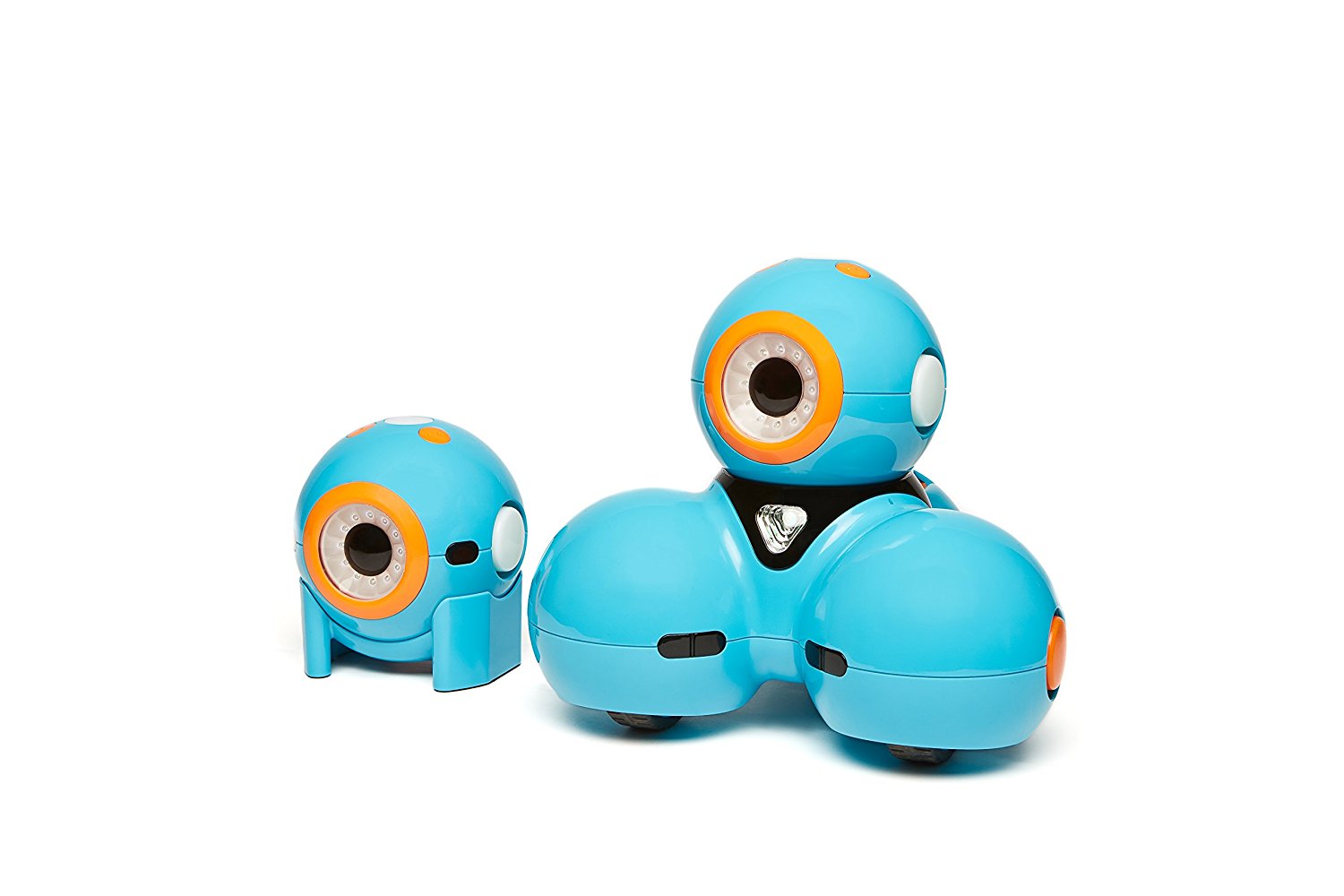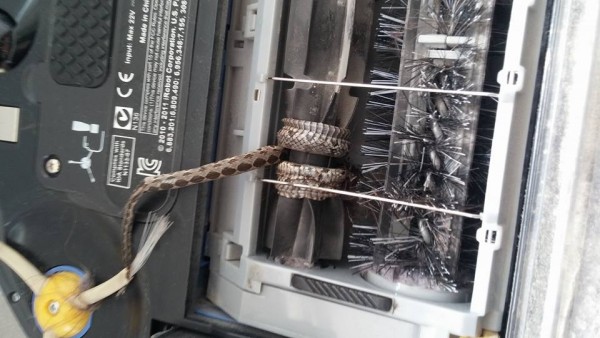Biological systems have been an inspiration for robotics engineers for a long time, but in most cases the focus was on replicating the shape of animals, rather than their functionality. Smartbird, a robotic seagull designed by Festo, is meant to change all that.
The robotic seagull, whose design was influenced by the herring gull, weighs 450 grams and has a wingspan of 1.96 meters. One of the most impressive features of this robot is the capability to take off, fly and even land all by its self. Lift and propulsion are combined into one system, and the wings have an active torsion, making the flight look very natural. Controlling the direction was one of the issues that needed to be addressed in order to make the flight of the robotic seagull normal. A bending torso was implemented precisely for this purpose. The tail is also involved in the flight, and this fact brings the robot even closer to the living seagulls. It would not be a mistake to assume that Festo deciphered the mechanisms used by birds for flight.
The engineers who designed this robot did their best to optimize its functionality. A real-time diagnosis is performed, and the condition is assessed permanently. The active torsion increased the efficiency of the robot during flight. Above you can watch the Smartbird robotic seagull flying both in the outdoors and indoors.
Hopefully, this robot will not end up being used by the army for espionage. The motion is very fluid, so from a distance one could not discern Smartbird from a real seagull, provided that the branding is removed and the robot is miniaturized. The current wingspan, of around 2 meters, exceeds the wingspan of a real herring gull, which is of maximum 150 cm.
If you liked this post, please check out the gecko robot and this grasshopper robot.
Via: Festo / IEEE Spectrum










